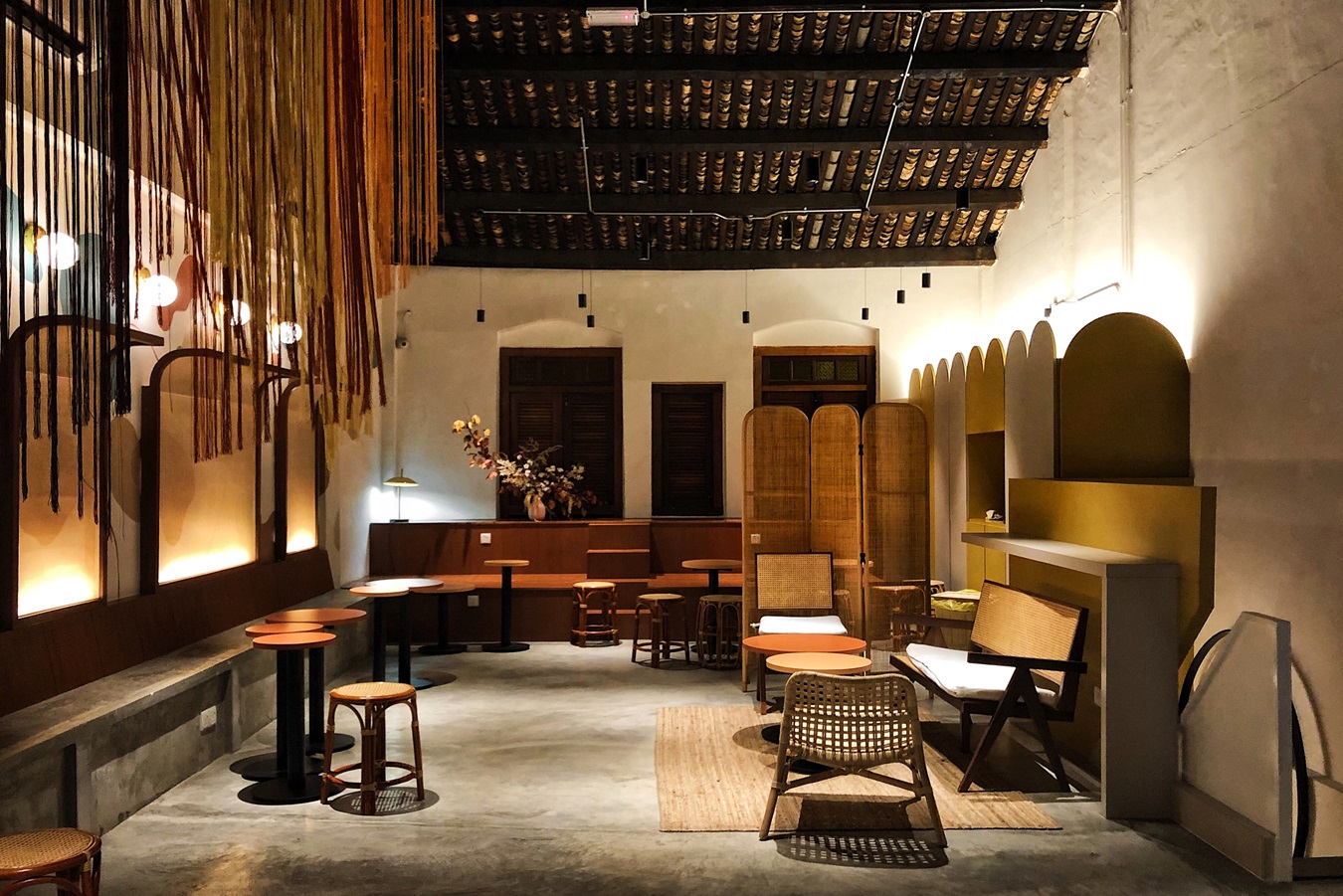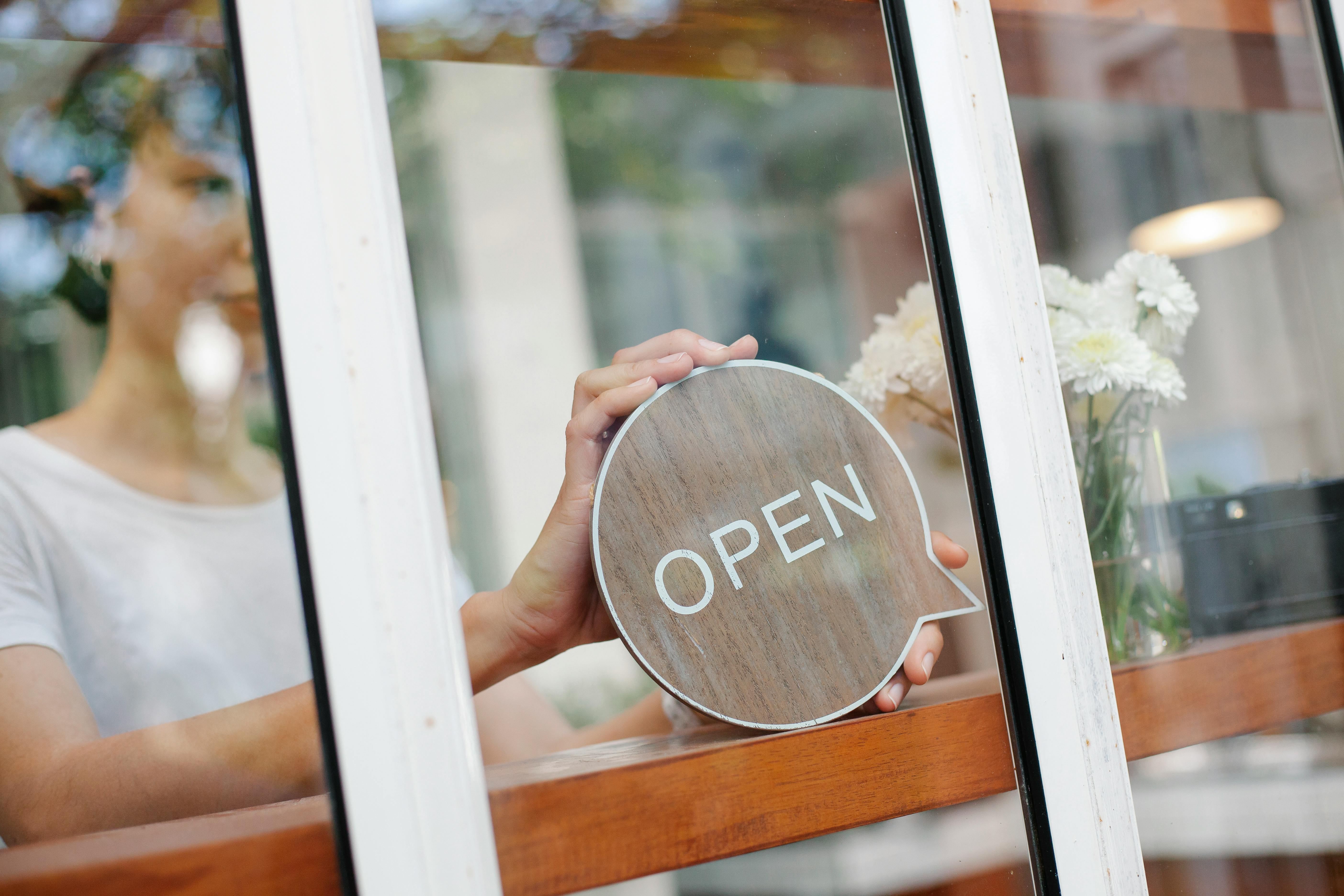 SHARE
SHARE
Mispricing Can Cost You Money! Know the 4 Key Factors in Setting Your Restaurant Menu Prices
Febbi S
Imagine you’ve just opened a café near a university. You sell iced coffee milk for Rp30,000.
You think the price is fair because you use premium beans and the place is cozy.
But it turns out students find it too expensive, and visitors drop off.
On the other hand, you price a rice bowl at only Rp18,000, even though the COGS is already Rp15,000.
The restaurant is crowded, but after the math, profit is almost zero—potentially losing money.
These two simple examples show that mispricing can make an F&B business lose money even when it looks busy.
Setting prices isn’t just about adding a margin on top of production costs—you must consider the four key factors below.
1. Consumer Purchasing Power
Source: Foodizz
Prices must match your target market. Customers quickly judge whether a price is reasonable based on their ability to pay.
Examples:
- Rp25,000 iced coffee feels normal in Jakarta’s office districts
- In a university area in Yogyakarta, the same price seems expensive because most students have limited purchasing power.
Risk: If the price doesn’t match purchasing power, the product will be rejected—even if it tastes good.
Tips: Do simple research—look at demographics, the region’s minimum wage (UMR), and your target customers’ consumption habits.
2. Competitors’ Prices
Competitors can indicate whether your price makes sense. Customers always compare similar products.
Examples:
- On a street where ayam geprek (crisp smashed chicken) is generally Rp18,000–20,000, a new place charging Rp35,000 without differentiation will drive customers away.
- Conversely, if your price is far below the market, customers may doubt the quality.
Risk: Your product may be seen as overpriced or “cheap/low-quality.”
Tips: Monitor competitors’ prices, but don’t just copy them. Add value—bigger portions, a more comfortable ambience, or faster service.
Read More: Busy Restaurant, Thin Profit? Unpack 11 Fatal Pricing Mistakes That Make Your Restaurant Lose Money
3. Positioning Produk
Price is your brand’s language. It reflects the image you want in customers’ minds.
Examples:
- Premium: Starbucks can sell coffee at Rp50,000 because customers are buying a lifestyle, not just a drink
- Value for Money: Indomie remains a symbol of affordability even when input costs rise.
Risks:
- Prices that are too low can damage a premium image
- Prices that are too high without matching quality & experience will disappoint customers.
Tips: Set prices according to brand positioning. If you want to appear premium, make sure the experience, packaging, and service support it.
4. Product Quality
Taste, portion size, and service quality strongly influence whether a price feels fair. Customers will pay more if quality meets expectations.
Examples:
- An authentic ramen shop can sell at Rp50,000/portion thanks to consistent taste and imported ingredients.
- If quality drops—smaller portions or changed flavor—customers feel cheated even at the same price.
Risk: Bad reviews, lower ratings, and a plunge in repeat orders.
Tips: Maintain product quality in line with the price you claim. Consistency is the key to loyalty.
Mastering pricing factors is crucial, but field practice is often more complex because it connects to operations, HR, and outlet sales.
Avoid larger losses by learning how to apply pricing strategies integrated with operations—join Foodizz’s Offline Operations Class.
There, you’ll be guided to build systems that don’t just calculate COGS but also maintain operational efficiency.
Case Study: When Miscalculations Backfire
- Mismatch with purchasing power: A steakhouse near a campus prices at Rp 80,000/portion. Students can’t afford it; the restaurant is quiet despite good taste.
- Overpriced without positioning: A new coffee shop sells at Rp35,000/cup—on par with Starbucks—but ambience and quality are standard. Customers reject it; the business stalls.
- Inconsistent quality: A ramen shop fails to maintain standards. It’s initially crowded after going viral, but when quality slips, customers feel Rp50,000 isn’t worth it → ratings plummet.
Takeaway
Pricing isn’t just about COGS or profit and loss. Four factors must be considered:
- Match prices to the target market’s purchasing power
- Observe and analyze competitors
- Set prices according to brand positioning
- Ensure product quality is consistent with the price.
Mispricing can cause losses—but the right strategy can turn price into a growth engine for your F&B business.
FAQ
1. What’s the relationship between price and brand image?
Price is the language of positioning. Expensive can signal premium; cheap can signal value for money.
2. Do prices have to be the same across all outlets?
No. With a price-tier strategy, prices can be adjusted to each city’s purchasing power.
3. How do you know if prices fit customers’ purchasing power?
Do market research (surveys, regional minimum wage data, competitor behavior) and run price tests.
4. What’s the risk if price doesn’t match product quality?
Customers feel deceived, leave bad reviews, and don’t reorder.
5. How often should prices be evaluated?
Ideally every 3–6 months, or when there’s a significant increase in input costs.
Conclusion
Managing prices requires clean data and accurate analytics. With digital systems like ESB POS, ERP, and Business Intelligence, you can record costs, monitor margins, and make better pricing decisions.
Is your F&B business stuck due to mistakes in operations, marketing, or finance? Don’t let it continue.
Get in-depth analysis and direct solutions from experienced mentors through Private Mentoring by Foodizz Academy. Focus on your specific problems and get guidance to move your business forward.
 SHARE
SHARE




